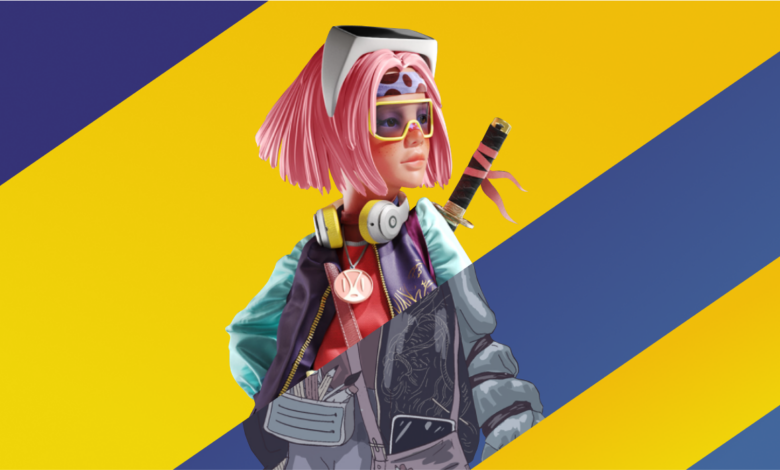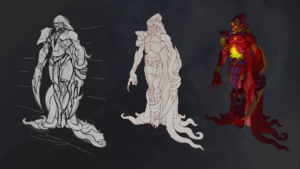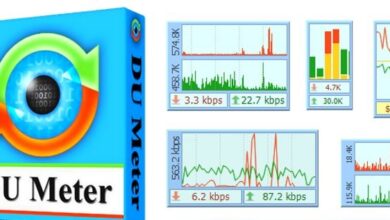Everything you need to know about 3D Character Modeling

In the dynamic realms of gaming and animation, the art of 3D character modeling reigns supreme, breathing life into virtual landscapes. Whether it’s crafting realistic heroes or formidable adversaries, 3D character model design holds the power to infuse depth, authenticity, and captivating immersion into digital endeavors. Within the confines of this article, we shall embark on a comprehensive exploration of the pivotal facets of 3D character modeling. We will delve into the profound significance of meticulous attention to detail, unravel the intricate process of sculpting these digital personas, and shed light on the cost considerations entailed in the development of these intricately designed avatars. Prepare to journey into the heart of 3D character modeling, where the fusion of creativity, technical finesse, and budgetary acumen transforms mere ideas into masterful digital manifestations.

What Is the Most Important When Making 3D Characters
When it comes to 3D character modeling, certain elements are crucial for creating memorable and compelling characters. Here are some key considerations:
- Concept and Design: A strong concept and character design lay the foundation for a successful 3D character. It involves developing a detailed backstory, defining the character’s personality, and ensuring that the design aligns with the intended style and narrative of the project.
- Anatomy and Proportions: Understanding human anatomy and proportions is essential for creating believable and visually appealing 3D characters. Proper anatomy ensures that the character’s movements and expressions appear natural and realistic.
- Texturing and Materials: The use of high-quality textures and materials adds depth and visual richness to 3D characters. Attention to details such as skin, clothing, and accessories enhances the overall visual impact and immerses the viewer in the virtual world.
- Rigging and Animation: Rigging is the process of creating a skeleton structure that allows for realistic movements and animations. Proper rigging enables characters to walk, run, emote, and interact with their environment convincingly.
How to Make 3D Characters
The process of creating 3D characters involves several steps, from concept to final execution. Here’s a general overview of the process:
- Concept Art: The initial stage involves creating concept art that captures the character’s appearance, personality, and visual style. This helps in defining the character’s features, clothing, accessories, and overall aesthetics.
- 3D Modeling: Using specialized software, artists create a 3D model of the character, sculpting the digital clay to give it shape and form. They pay attention to details such as facial features, body structure, and clothing.
- Texturing and Shading: Texturing involves applying high-resolution textures to the 3D model, adding color, patterns, and details. Shading enhances the surface appearance by simulating materials such as skin, metal, fabric, or fur.
- Rigging and Animation: Rigging involves creating a skeletal structure inside the 3D model, which enables animators to manipulate and animate the character. Animation brings the character to life, giving them movement, expressions, and personality.
How Much Does It Cost to Create a 3D Game Character?
The cost of creating a 3D game character varies depending on several factors, such as complexity, detail level, and project requirements. Here are some cost considerations:
- Complexity of the Character: Characters with intricate designs, detailed textures, and complex rigging requirements will generally cost more to create.
- Skill and Experience: The expertise and experience of the 3D artist or studio also impact the cost. Highly skilled professionals or reputable studios may charge higher rates due to their expertise and track record.
- Time and Effort: Creating a 3D character is a time-consuming process. The more detailed and refined the character needs to be, the more time and effort it will require, resulting in higher costs.
- Additional Services: Additional services such as concept art, character customization options, or multiple variations of the same character may add to the overall cost.
Conclusion
3D character modeling is a fascinating and essential part of game development and animation. By paying attention to the key elements and understanding the cost implications, developers can create captivating and memorable 3D characters that elevate the overall gaming and visual experience. Whether you’re a developer, artist, or gaming enthusiast, having a solid understanding of 3D character modeling will enhance your appreciation for the artistry and craftsmanship behind these digital personas.



